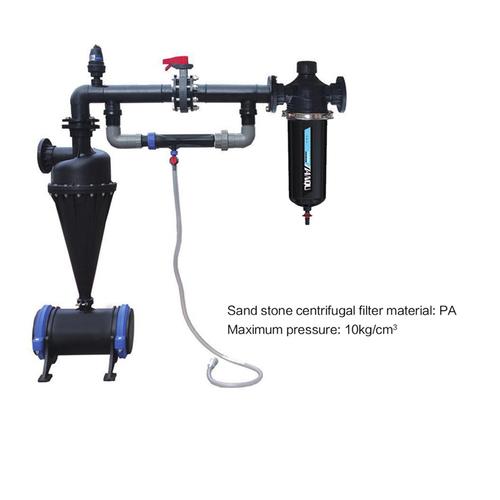Sand for Sand Filter: A Comprehensive Guide
Water filtration is a crucial process in ensuring the purity and safety of drinking water. One of the most effective and widely used methods is the sand filter. In this article, we will delve into the details of sand filters, their working principles, benefits, types, and maintenance. So, let’s embark on this journey to understand the significance of sand for sand filters.
How Does a Sand Filter Work?
A sand filter is a type of water purification system that uses sand as the primary medium for filtering impurities. The process involves passing water through a bed of sand, where the particles are trapped and removed. Here’s a step-by-step explanation of how a sand filter works:

-
Water enters the filter through the top and flows downwards through the sand bed.
-
As the water passes through the sand, larger particles like dirt, sand, and debris are trapped on the surface of the sand bed.
-
Smaller particles, such as bacteria and viruses, are trapped within the sand bed as the water continues to flow through.
-
Finally, the filtered water exits the filter through the bottom and is ready for use.

Benefits of Sand Filters
Sand filters offer several advantages over other water purification methods. Here are some of the key benefits:
-
Cost-effective: Sand filters are relatively inexpensive to install and maintain compared to other water purification systems.
-
Easy to use: Sand filters are simple to operate and require minimal maintenance.
-
Effective: Sand filters can remove a wide range of impurities, including bacteria, viruses, and sediment.
-
Flexible: Sand filters can be used in various settings, from residential homes to large-scale water treatment plants.
Types of Sand Filters
There are several types of sand filters available, each with its unique features and applications. Here are some of the most common types:
-
Gravity Sand Filters: These filters rely on gravity to force water through the sand bed. They are commonly used in residential and small-scale water treatment plants.
-
Pressure Sand Filters: These filters use pressure to force water through the sand bed. They are suitable for larger-scale water treatment plants and can handle higher flow rates.
-
Slow Sand Filters: These filters use a layer of sand on top of a layer of gravel. They are known for their high efficiency in removing pathogens and are commonly used in developing countries.
-
Upflow Sand Filters: These filters allow water to flow upwards through the sand bed, which can improve the removal of finer particles.
Maintenance of Sand Filters
Proper maintenance is essential to ensure the optimal performance of sand filters. Here are some key maintenance tips:
-
Regular backwashing: Backwashing involves reversing the flow of water through the filter to remove trapped particles. This process should be performed regularly, depending on the filter’s usage and the quality of the incoming water.
-
Inspection and cleaning: Regularly inspect the filter for any signs of damage or clogging. Clean the filter components, such as the sand bed and laterals, as needed.
-
Monitoring water quality: Regularly test the water quality to ensure that the filter is effectively removing impurities.
Conclusion
Sand filters are an essential component of water purification systems, providing an effective and cost-efficient solution for removing impurities from water. By understanding the working principles, benefits, types, and maintenance of sand filters, you can make informed decisions when selecting and maintaining a sand filter for your water purification needs.
| Filter Type | Working Principle | Advantages | Disadvantages |
|---|---|---|---|
| Gravity Sand Filters | Gravity-driven water flow through sand bed | Cost-effective, easy to install and maintain | Lower flow rates, may require additional treatment stages |









